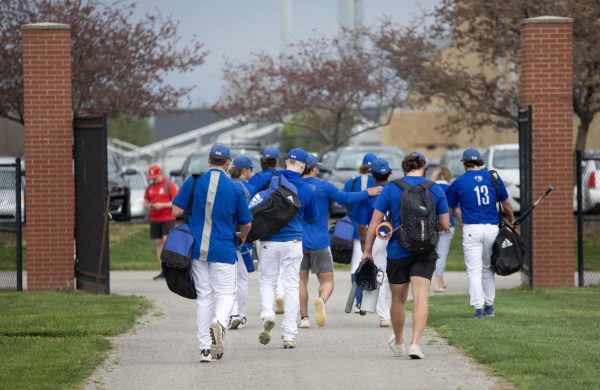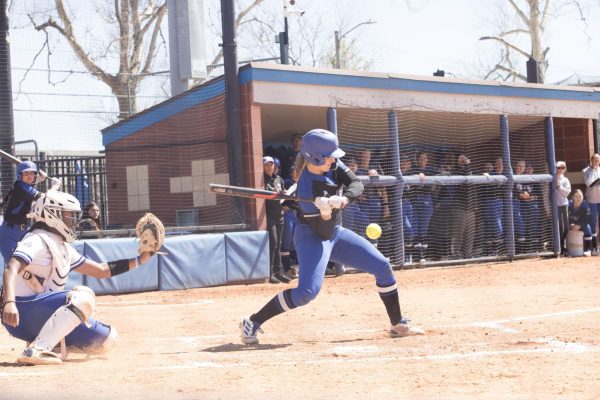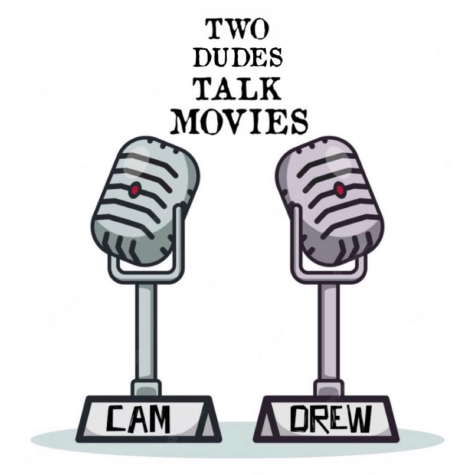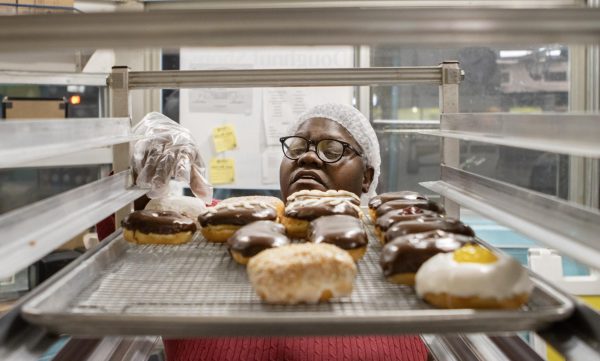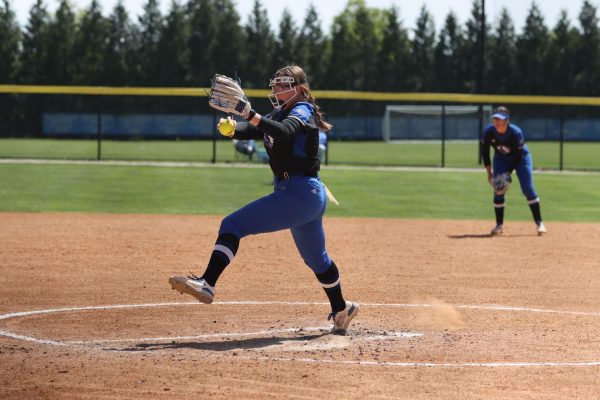Column: Wrapped up in excess
I was so pleased to see his smiling face when I answered the door. After signing off for my package, the postman stepped down from our porch and wished me a good day.
The box was rather large but did not weigh very much. I couldn’t wait to see what my grandmother had sent me for Christmas. After tearing the package open, I dug my way through a pile of Styrofoam peanuts and found my present. It was a very small jewelry box that held a pair of amber-green earrings.
I couldn’t help but become upset.
My emotions did not stem from the fact that I got earrings for Christmas and my ears are not pierced, but rather from the waste of packaging used to deliver my present. The earrings were in a box that could have been shipped in something that was at least 10 times smaller.
I’ve noticed, however, the Postal Service is not the only company guilty of wasteful packaging. Though I feel there are numerous amounts of items packaged wastefully, digital memory cards are at the top of my “wastefully packaged” list.
I recently bought a memory card for my digital camera and was completely amazed – not in a positive way – with the packaging.
Here is a tiny little card, approximately the size of a Wheat Thin cracker, engulfed in a plastic package, the size of a three-ring binder. Put a Wheat Thin up to a binder, and you’ll see what I’m talking about. I guess you could also go to Wal-Mart and look at the memory cards and get the same effect. Either way, the result is ridiculous.
Now, don’t get me wrong. I do understand that it is important to protect goods when they are shipped. But, can’t they be protected in something that is a little less flashy and a little more resourceful?
This question has lingered in my mind for quite some time so upon writing this column, I did a little research.
According to the Environmental Literacy Council Web site about packaging in the United States, packaging is one-third of municipal waste in the United States, which is the world leader in per capita waste disposal. Some packaging is essential, but there is a trend increasing toward the production of more wasteful packaging, which could be a result from a “competitive arms race in which one company adopts larger, more elaborate packaging solely to compete with another company’s larger, more elaborate packaging in the struggle to win the attention of consumers.”
Polyvinyl chloride, PVC, produces the most toxicity per ton of all packaging and is used to package common items such as water and oil bottles, snack packages and the “blister pack,” which combines a clear plastic front with cardboard backing.
I obviously see why companies want to “win the attention of consumers,” but wasting natural resources and producing toxic and hazardous pollutants in the process is not worth it. If consumers are interested in a product, they will buy the product based on its function, not its packaging, which they’re going to throw away seconds after opening it.
I just don’t get the point of packaging something in a plastic, cardboard or glass container that is 10 times its size. Call me old fashioned, but going back to the days where the milk man visited to refill our empty milk jugs doesn’t sound like such a bad idea. We could even stretch it a little. Maybe we could trade off our water bottles too, and he could refill those for us along the way.
All I know is if we keep wasting our natural resources and emitting toxic pollutants on packaging, we will literally be throwing our future away.




































